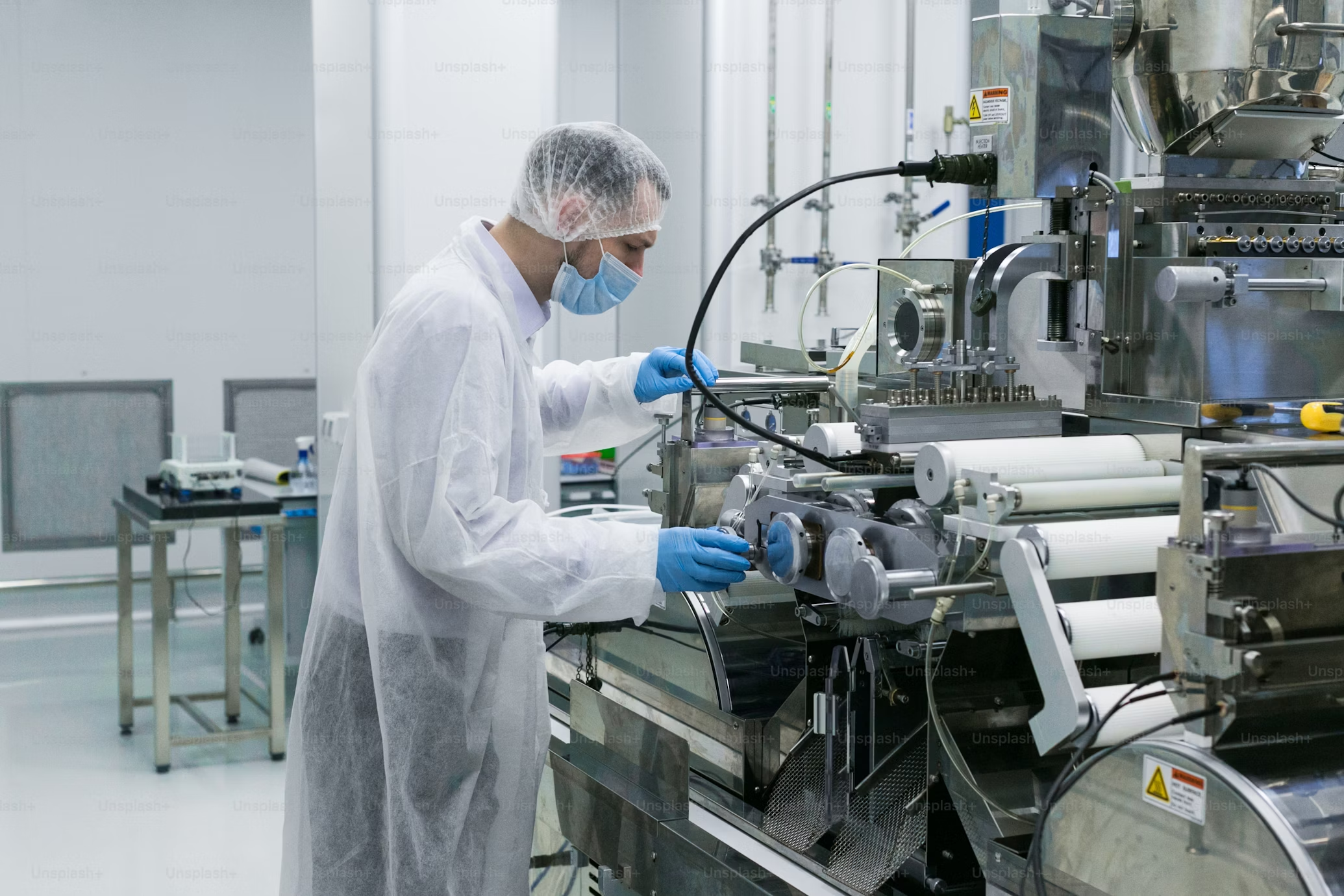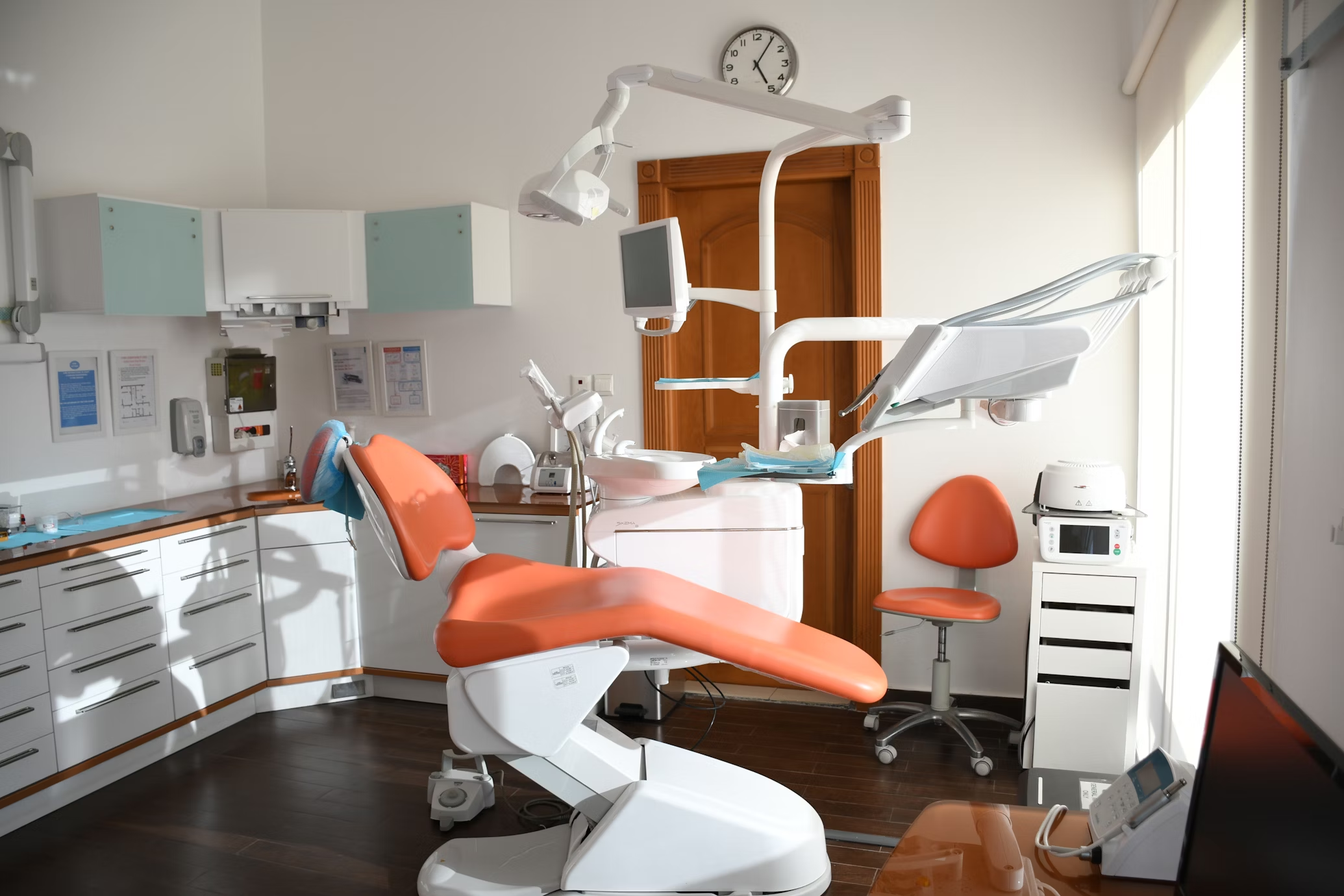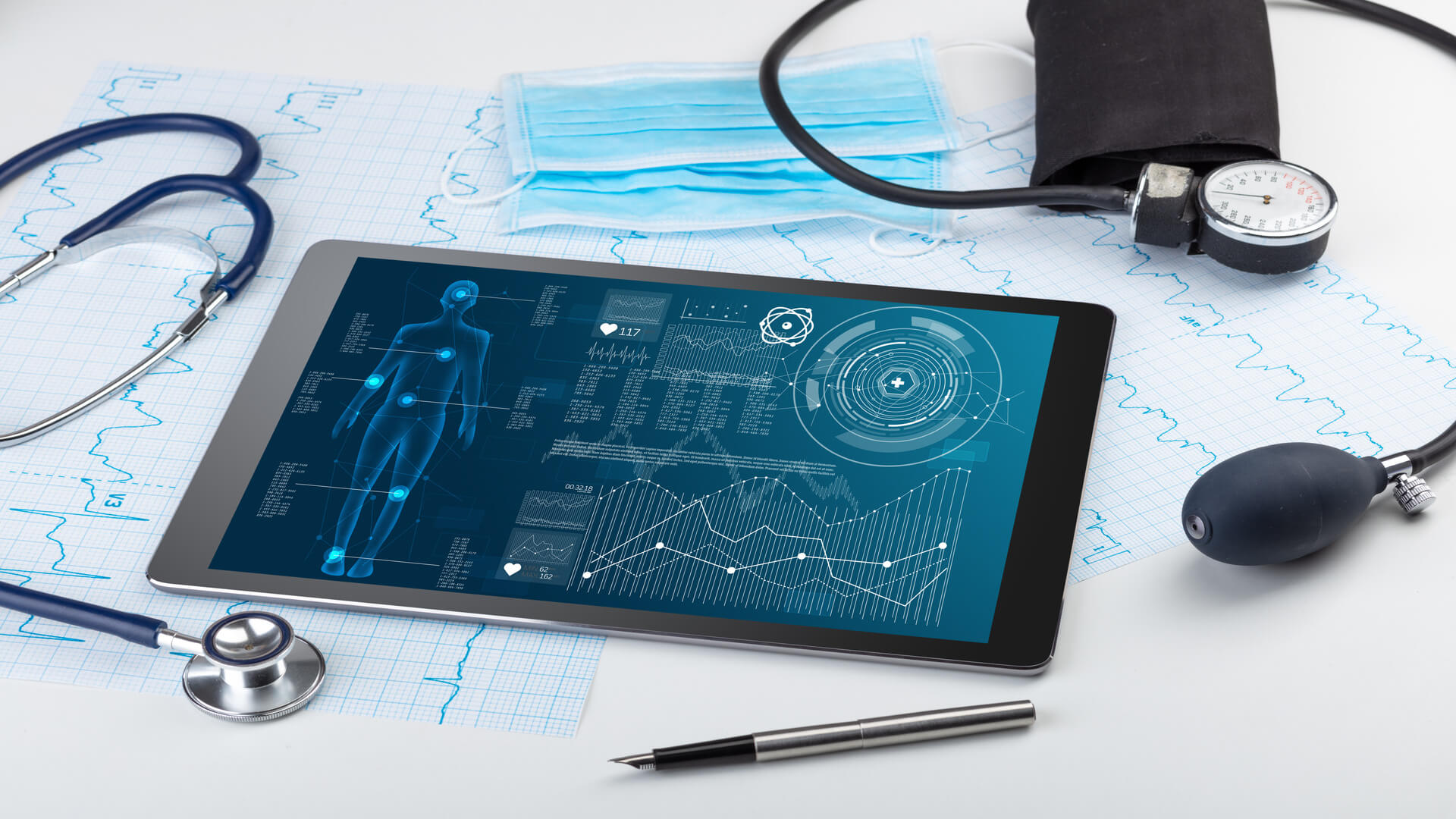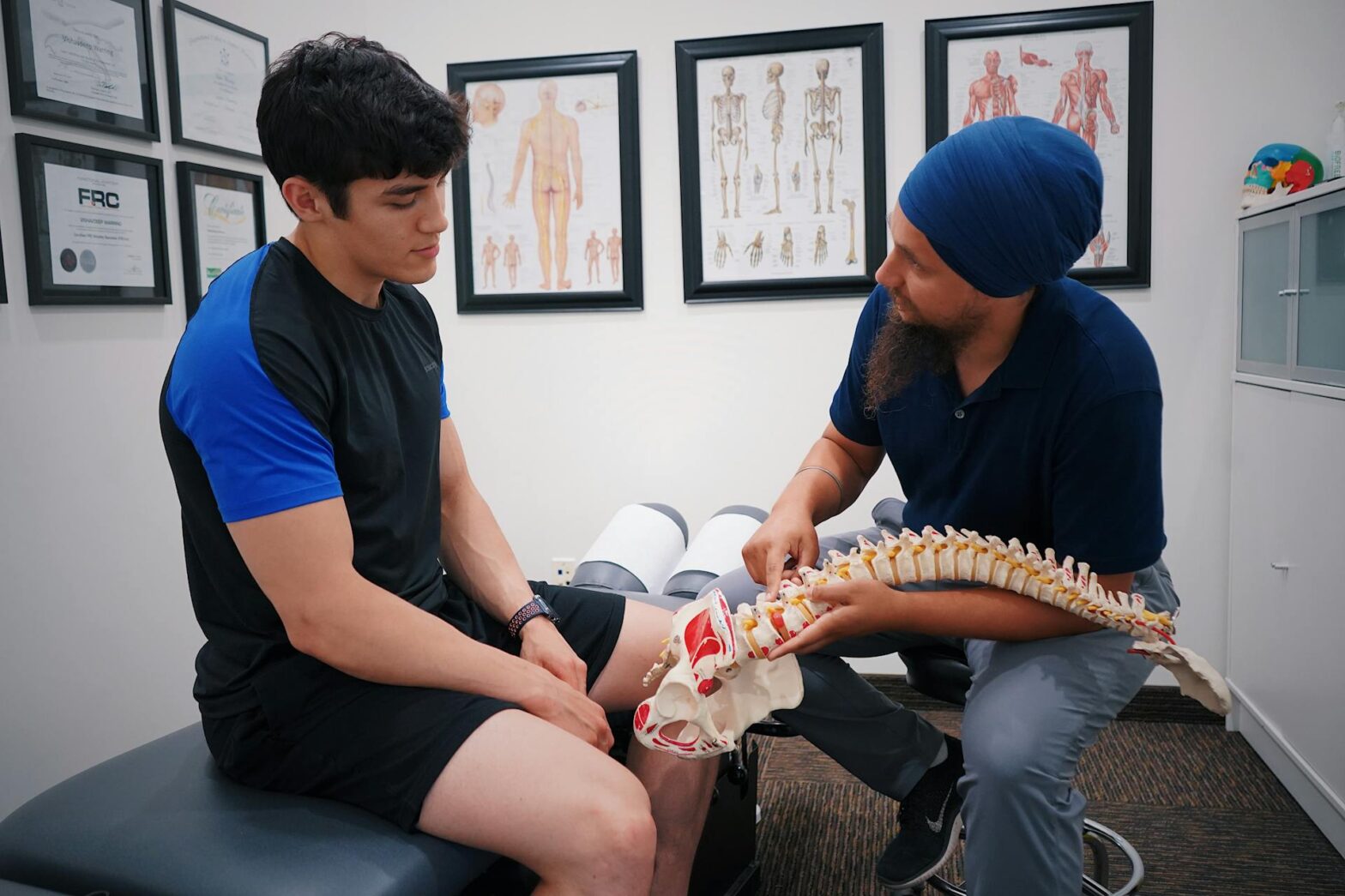Software is an essential tool across businesses and industries. It’s a cost-effective platform that allows companies to streamline their processes and help achieve growth and efficiency goals. However, there are times when a software doesn’t fully meet their intended function. This gap often occurs when developers design programs with a top-to-bottom approach and reducing users as nothing more than end consumers.
The same is true with health IT. While software is intended to help medical practitioners deliver expected levels of care, some or even most disrupt workflows and render data inaccessible. Developers often do not see eye to eye with health practitioners. Software and other tools produced do not accurately reflect thinking and decision-making patterns required in a fast-paced environment. What’s more, clinicians and nurses complain about the usability of these products, as some may require significant training to operate and master thereby taking considerable time away from patients and other essential tasks.
User centred design in healthcare seeks to reverse this order by placing the user at the core of product design. This involves users (clinicians, nurses, staff, etc.) early on during the design phase to determine how software is used in such a dynamic context. It considers the needs and desires of patients to produce devices that are easy to use and understand. It considers the unique preferences and habits of healthcare workers to create a handy and relatable tool that can optimize their workflows and boost clinical performance.
This innovative design method finds its value in various health IT applications, including creating user-centred design software. A software specially developed with the interests of healthcare practitioners in mind. Their feedback fuels the design and modification phase, while their experience provides additional insight for product modification and improvement. Thus, user-centred design software in healthcare aims to meet the rigorous demands of both patients and professionals.
Benefits of User Centred Designed Software
Implementing user centred designed software has many benefits for healthcare institutions and companies. It provides a cost-effective tool for complex procedures. It’s an invaluable tool for medical practitioners and staff whose tools and methods are crucial instruments to improving health conditions and a person’s quality of life in a healthcare setting.
– Establish Best Practices
Innovative software that puts users as its focus is considered as a best practice in the industry. Involving all stakeholders—medical practitioners and staff, domain experts, and designers generates a wealth of perspective on the form and function of the software. It collects user demands from various sources, considering each one’s unique personalities, habits, and preferences to develop efficient and user-friendly products. Including all end users means everyone provides input and feedback to the product
Aside from the user’s input, a software needs to have the necessary capabilities to take on the challenges of a complex environment such as those found in healthcare settings. Such ability is crucial since it ensures that life-saving decisions are based on accurate and reliable information.
– Cost-Effective
Involving users all in the various stages of product design serves as a cost-effective measure. Users directly send their feedback, which benefits both developers and target audiences as they collaborate in developing solutions that are easily integrated into existing systems.
Pair user-centred design with agile development, and it becomes a winning combination that reduces risk. As user-centred design responds to a growing understanding of what’s going to work for the end-users by facilitating iterative improvement, agile development does the same on the performance of software’s features.
Developers or companies who adopt agile development and user-centred design processes in tangent avoid the need to make large-scale and expensive changes to software design. Before wasting time and effort on developing it further, sprint and iterations help ensure that what doesn’t work can be discovered.
Simply saying, you only build software you know will work. For all stakeholders, it’s, no doubt, a safer and more cost-effective investment.
– Easy to Use
A user-centred design process requires software developers to understand user behaviours and expectations to build something simple to understand and follow.
The individuals using user-centred designed software will never understand the thought and effort that went into creating an interface that makes absolute sense to them; that’s how software developers know they did things right.
Easy-to-use intuitive products will always win over those made for the same purpose but are hard or confusing to learn.
– Increase Productivity
The level of healthcare professionals’ productivity, with respect to a set of tasks or a specific goal, is often based on the technologies or tools they utilize. As healthcare workers use the software to do their job or accomplish tasks, they develop a perception of its level of usability and user experience.
When navigating the software doesn’t take a rocket scientist’s mind, users can utilize it for its purpose efficiently. As a result, productivity increases, and users can accomplish more tasks and help more patients.
– Safer Products
In the healthcare setting, user centred design software allows for safer technologies to address heavy demands brought about by the current pandemic. User-centric platforms can become useful tools to ensure that health professionals achieve their goal of ensuring patients’ positive outcomes.
– Ethical Design
User-focused software takes into consideration the existing beliefs, values, and attitudes of intended recipients. The software is guided by user preferences and behaviour and also aligns usage to specific contexts and activities. In healthcare settings, user-centred software finds its worth in ensuring medical information is used to improve on procedures while at the same time ensuring data is effectively managed and secured.
– Sustainable
Designating users as the central resource for software development is a sustainable effort. User feedback is crucial in user-centred design as they can readily spot design flaws and provide suggestions for further improvement. Installing user-derived software makes work efficient and helps healthcare workers achieve their goal of improving patient outcomes.
Conclusion
User-centred design is one of the best practices in the healthcare industry as it emphasizes the user as a resource in creating usable programs. The input of users in software development serves as an anchor for product design and modification, ensuring that programs are an appropriate fit for the environment and the tasks it needs to address.
User-centred design and its applications are beneficial and show increasing adoption in the medical industry. An innovative user-centric software in healthcare settings is proven safe, ethical, and sustainable by users who participate in conceptualizing the product and double as recipients of the technology. Its adaptation benefits practitioners and patients as well. The integration of user-derived software is advantageous for various healthcare institutions and the industry in general.

















